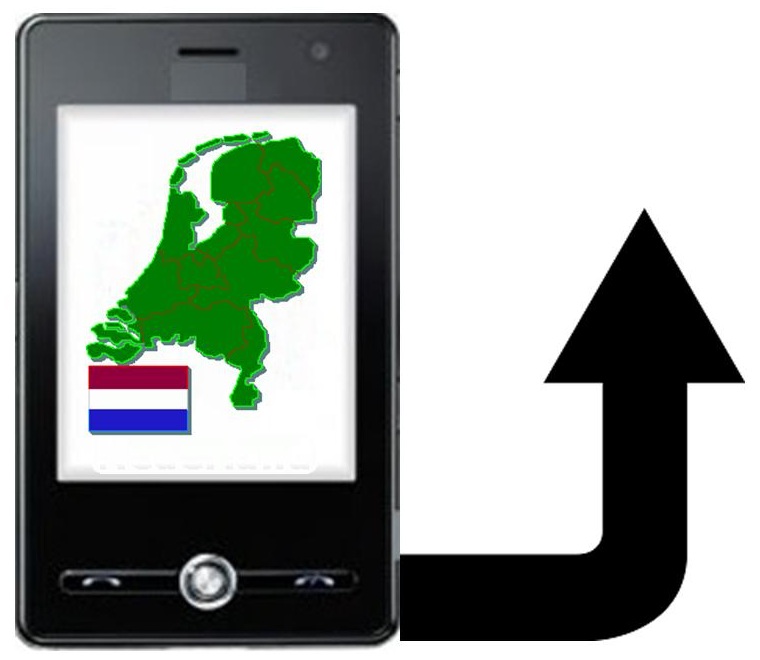Multimedia messaging services may be the next big channel for communicating with consumers.
Though mobile marketing is still relatively new, there is already an image that comes to mind when the term is spoken, and it usually involves text messages and banner ads that are worked into sites and apps.
Some marketers are beginning to think that the future of this channel, however, is in MMS.
These predictions are not without grounds. The mobile marketing campaigns from large brands such as Kellogg, IKEA, Starbucks, and Bloomingdales, as well as television networks such as ABC, CBS, and Fox, have all included their own elements that include both SMS (text) and multimedia messaging services (MMS). It is the latter that is being viewed by many as the opportunity with the greatest potential and likelihood for growth.
Mobile marketing ads in MMS include any number of different types of content format, including video.
 This mobile marketing prediction is causing many brands, companies, and marketers to begin to direct some of their investments and budgets toward businesses and techniques that involve the use of MMS. It is starting to open the eyes of advertisers to the realization that essentially every cell phone is assured to have at least two apps, which are texting and phone calling. This knowledge helps to provide the perspective needed to properly design campaigns in order to reach the largest number of people.
This mobile marketing prediction is causing many brands, companies, and marketers to begin to direct some of their investments and budgets toward businesses and techniques that involve the use of MMS. It is starting to open the eyes of advertisers to the realization that essentially every cell phone is assured to have at least two apps, which are texting and phone calling. This knowledge helps to provide the perspective needed to properly design campaigns in order to reach the largest number of people.
Regardless of the popularity of actual specific messaging apps, which are also being considered as potential avenues for advertising, MMS is growing faster for mobile marketing simply because it comes as a standard on all of these devices, regardless of model or operating system.
Data from the CTIA (the Wireless Association) has shown that there were 74 billion MMS messages sent by consumers last year. This figure increased at the same time that the number of text messages and talk minutes dropped. Even so, brands have not been exploiting MMS as quickly as was possible. This has left it primed for a sudden explosion in the near future, particularly after the outcomes of recent studies that are showing that this technique helps to effectively reach consumers.

 Tablets favored over smartphones
Tablets favored over smartphones